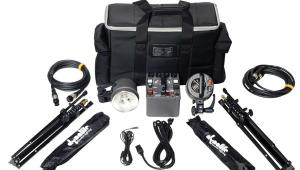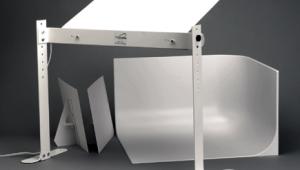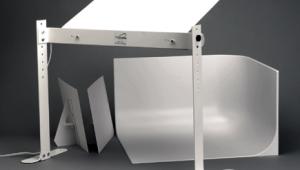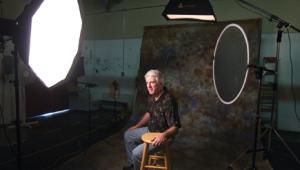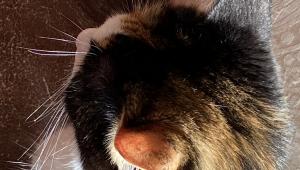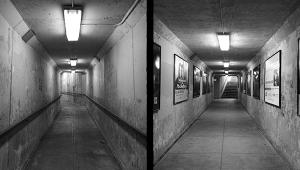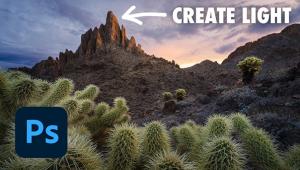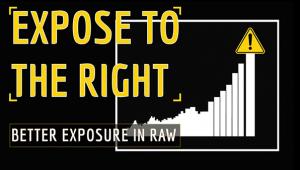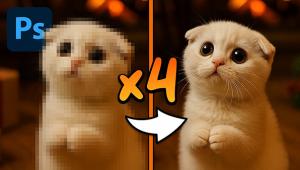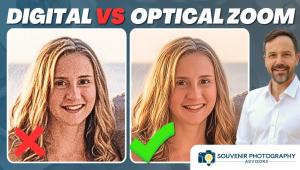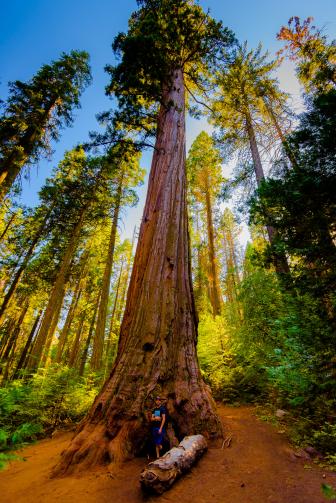Off-Camera Lighting
Take It Off The Hot Shoe For Best Results
The look of flash photography has been a problem for photographers for decades. As we migrated from huge silver reflectors stuffed with flash bulbs to smaller and more portable electronic flash units, the look of on-camera flash has gotten harder. Bounce flash came in to save the day, and then we all started shooting images of our friends and family with dark, puffy bags under their eyes (from the big, flat overhead lighting that made every day look like a cloudy day). Manufacturers countered with bounce flash units with small direct flash tubes to clean up the shadows caused by bounce flash, and on-flash diffusers and bounce cards helped a bit. Yet, with all this, I still don't know anyone who is happy with their hot shoe flash pictures. Are you?
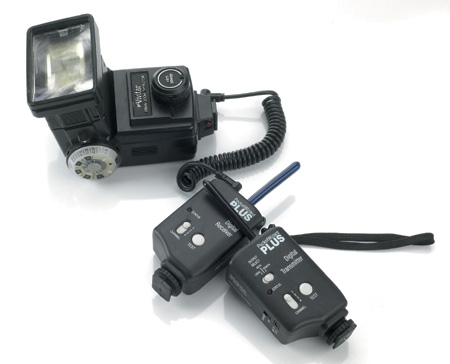 |
|
|
The answer is obvious: no, you're not. You look for creative ways to use available light; you've purchased a reflector card or shoot through a diffuser for your existing flash unit, but you're still not happy. Here's the trick--get the flash off-the-camera.
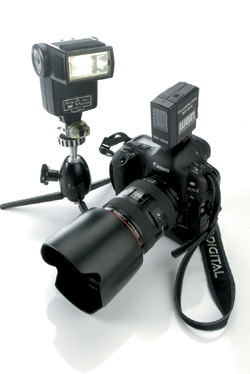 |
|
|
For working pros the solution is a flight case full of expensive strobe gear, but the weight and expense certainly isn't for everyone. I own a studio full of the stuff, yet still find myself with a camera and a flash at every family gathering. Frustrated with the quality of my on camera flash images, I began to look at ways to get the light up and away from the lens, and to use the size and shape of the room to assist in creating natural-looking light. I have a half dozen brackets that allow me to get the flash off-the-camera a bit, but most of them are ways to get the camera above the lens.
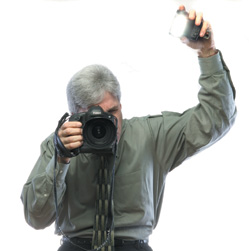 |
|
|






